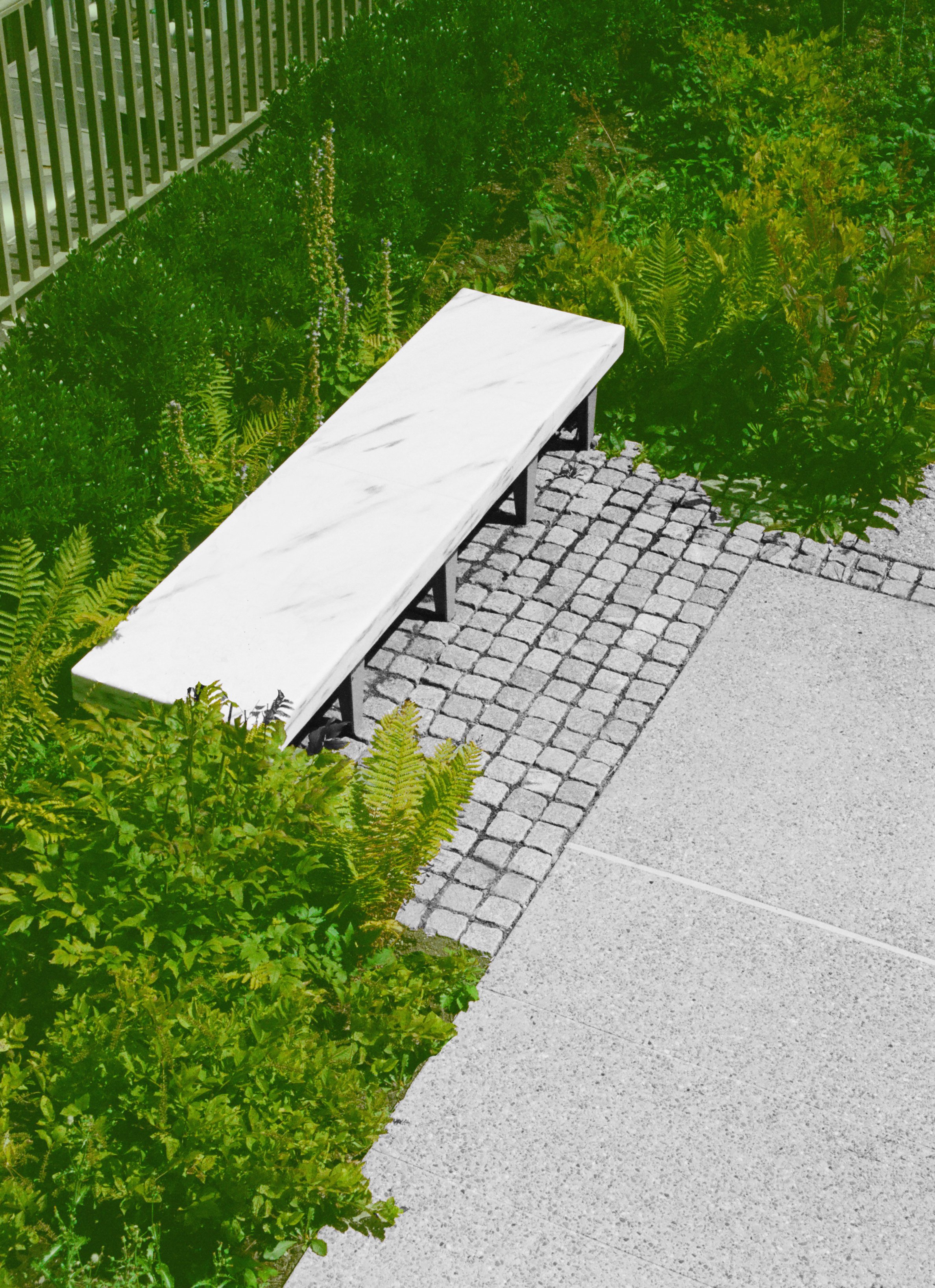native plants?
It is in the best interest of humankind, as well as the other species that currently inhabit the earth, for the natural balance of the planet to be sustained and for change to be discouraged. As the term “Sustainability” suggests, native plants have evolved over time in a region, are interdependent with other native plant and fauna species forming a natural balance that helps maintain environmental stability. Recently, largely through human activity, this natural stability has been disrupted as a wider range of species are intermingled. It can be argued that it is natural for species to migrate and interact and that all the flora and fauna on earth are the result of the dynamic interaction of species, with natural selection determining the most appropriate plant for each location. It would seem that the natural process should include species that are transported by people as well. While this is true, the human effects on the environment can be particularly fast moving and disruptive to stability and not always advantageous to the species involved. For these reasons the use of native species should be encouraged.
In practice, limiting planting solely to native species presents challenges. The advantages of native plants are sometimes not so clear and even the definition of what comprises a native plant can be in question. In urban situations the original flora of a region may not be as relevant since the nature of the site has been transformed. Consider the island of Manhattan where many plants that may have been common and even dominant a few hundred years ago can no longer survive because of modern urban conditions. Also, the hybridizing of species to create different varieties of plants to better serve human use should be considered. Crop development was an essential component in the spread of people over much of the globe and it makes it possible for current population levels to be sustained. Abandoning all non-native species could have bleak results for society.
As we select plants for use in landscapes we have a wide range of plants from our local regions, as well as plants from the wider world, at our disposal. As one considers it further, the distinction between native and non-native plants becomes more blended and a progression begins to emerge. To illustrate this we have divided plants into ten types that range roughly from more to less native. If we believe nativeness to be a desirable trait in the plants we use, we should consider where they fall in the range.
1. Current Native Plants - Plants that have a long history, and are currently growing, on the exact site being renovated.
2. Previous Native Plants - Plants that have a previous long history of growing on the site but are no longer present.
3. Regional Native Plants - Plants that are native to the region and grow on similar sites nearby but may not have grown on the site being renovated.
4. Aggressive Native Plants - Invasive native plants that enjoy greater advantage by human influenced conditions. Poison Ivy’s fondness for disturbed sites is an example.
5. Native Plant Hybrids - Native plants that have been hybridized to emphasize human desired traits effecting plant form, size, heartiness, flowering or fruit production.
6. Related Plants - Plants from elsewhere that are close relatives of native plants. This includes plants that may have been separated by natural processes in the distant past to evolve separately but have close common ancestors. Maples in Europe, North America and Japan for instance.
7. Adaptive Plants - Plants that are highly adaptive to the region and thrive without irrigation or special care and are not invasive.
8. Non-native Invasives - Plants that are highly adaptive to the region and thrive without irrigation or special care to the point where they out compete natives and are invasive.
9. Altered Plants - Plants that are hardy to a region but are highly manipulated by humans. Including grafting onto hardy rootstock, genetically engineered or highly bred to exaggerate desirable traits. Many modern food crops would fall in this category.
10. Fragile Plants - Plants that require special care to survive. These plants need to be irrigated, healed in for the winter, require greenhouse conditions or grow lights to extend solar cycles, etc. These include conservatory plants and many house plants.
Generally speaking, plants falling in the first five categories listed above are considered to be Native and the last five are not. However, by the strictest definition of native plants only the first two groups would qualify since they include plants that have historically grown on the site. In the end, the ultimate goal is to achieve the design aims for the landscape while promoting environmental stability. In this context the circumstances of a given location are key in considering the plants to be used. It is difficult to imagine a use for the non-native invasives but they might be considered in extremely inhospitable isolated urban conditions where very little will grow and there is no opportunity for them to spread. We discuss how native and non-native plants might be used further in the PLANT ZONING Pattern discussion.

